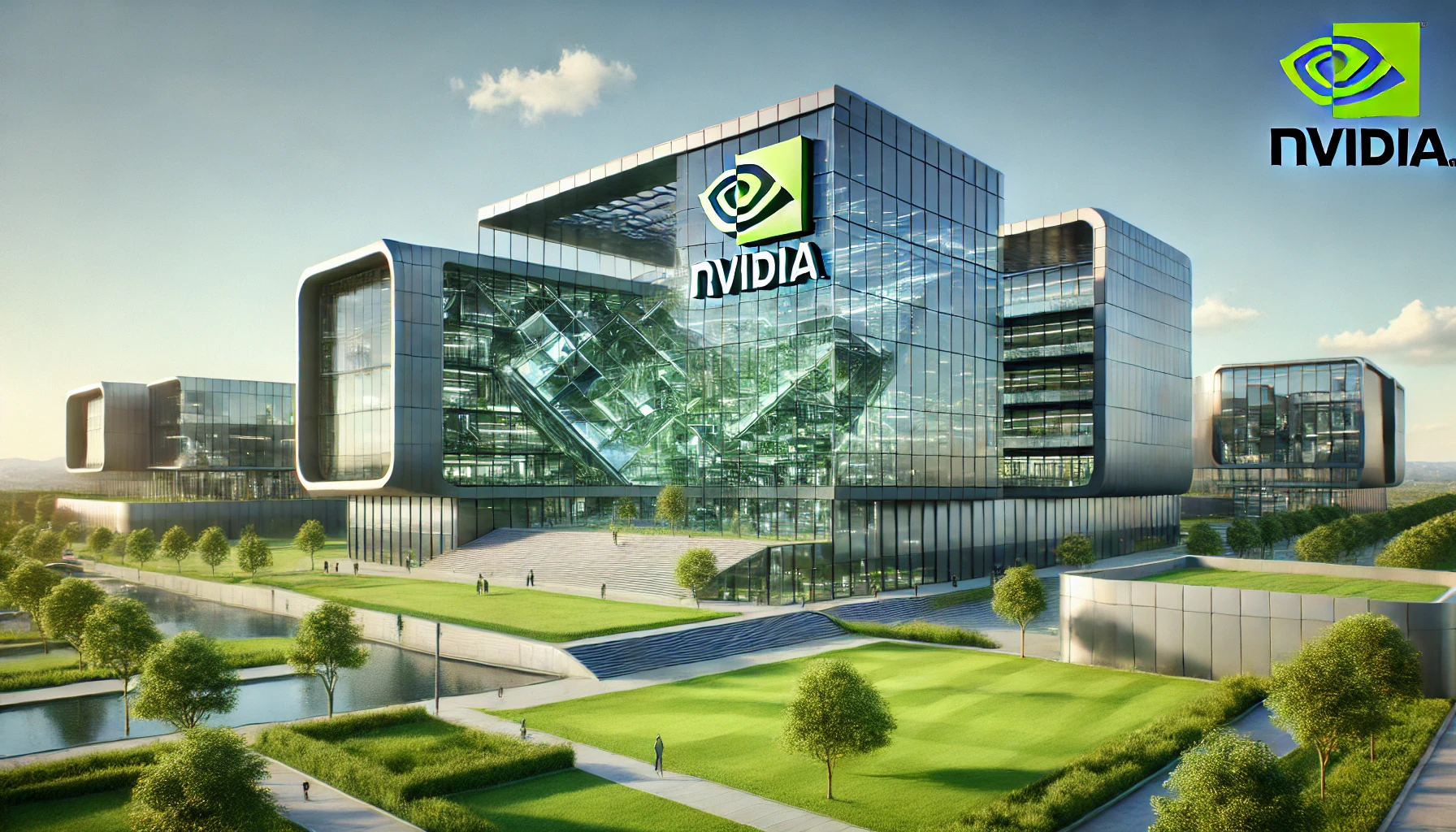Gold stocks have emerged as one of the most powerful performers in 2025, eclipsing the high-flying semiconductor sector and catching the attention of investors seeking value beyond artificial intelligence. While much of the market narrative this year has revolved around chipmakers riding the AI boom, gold miners have quietly delivered staggering gains — up more than 135% — and positioned themselves as an unexpected leader in global equities.
The rally has been fueled by multiple forces. Central banks have accelerated purchases of gold as part of a broader de-dollarization trend, while investors have sought safe-haven assets amid heightened economic uncertainty. Federal Reserve rate cuts and growing inflows into gold-backed exchange-traded funds have further supported the surge. As a result, gold itself has climbed more than 45% this year, setting new all-time highs and marking its strongest annual performance since 1979.
This has translated into significant upside for miners. Global heavyweights such as Newmont Corp. and Agnico Eagle Mines have seen their shares more than double, while Zijin Mining has surged over 130% in Hong Kong. In London, Fresnillo Plc has nearly quadrupled, becoming the standout performer in the FTSE 100. Yet, the momentum is not limited to large caps. Smaller mining companies — particularly those with scalable production capacity and strong cost control — are increasingly attractive to investors looking for opportunities that combine growth with relative undervaluation.
One of the striking differences between gold equities and semiconductor stocks lies in valuations. The MSCI Gold Miners Index currently trades at around 13 times forward earnings, slightly below its five-year average, suggesting the rally is backed by fundamentals. In contrast, the semiconductor index trades near 29 times earnings, well above its historical trend. For small-cap investors, this dynamic suggests gold miners may still offer more sustainable upside, especially as earnings growth outpaces share price appreciation.
Beyond valuations, sector fundamentals point to further resilience. Elevated margins, robust cash flows, and disciplined capital management have allowed gold miners to reinvest in operations while returning capital to shareholders. The sector is benefiting from margin expansion as gold prices remain elevated, giving even mid-tier and junior miners the potential to outperform. For small-cap investors, this creates a unique entry point into a sector often overlooked during periods of tech dominance.
While enthusiasm around AI-driven chipmakers is unlikely to fade, the current cycle underscores the importance of diversification. Investors chasing technology gains may risk overlooking industries where fundamentals remain strong, valuations are reasonable, and long-term demand drivers are intact. The outperformance of gold miners in 2025 serves as a reminder that market leadership can emerge from unexpected places — and for small-cap investors willing to broaden their focus, the precious metals sector offers compelling opportunities.









